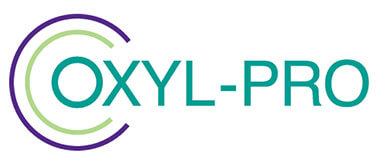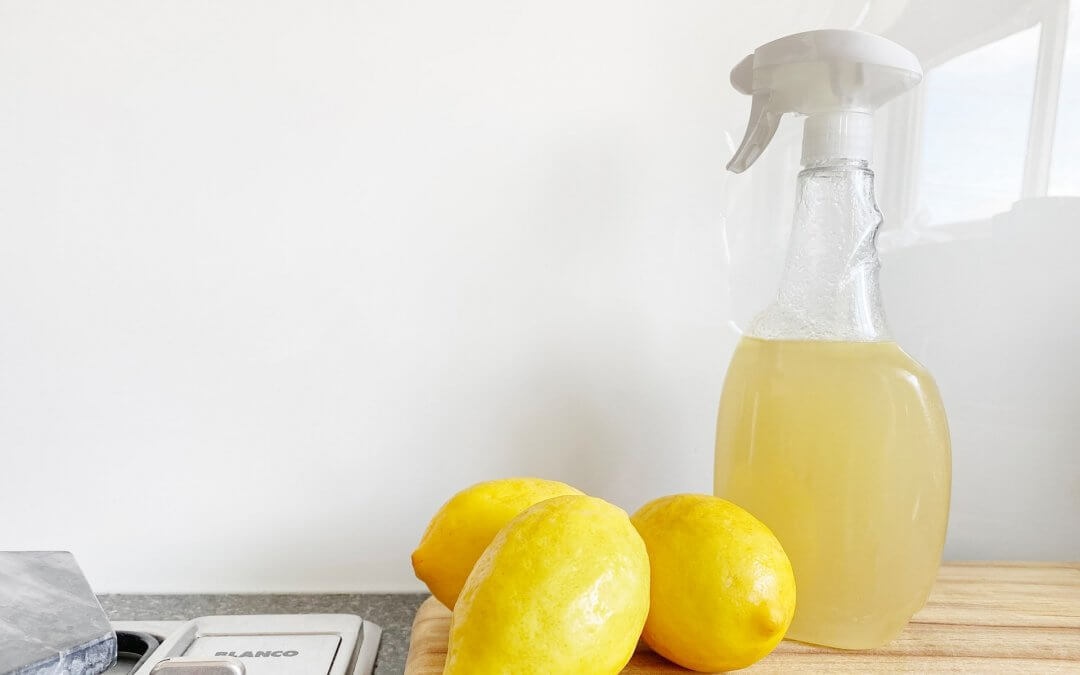How Effective are Natural Disinfectants?
There are various products and materials which act as natural disinfectants, but how effective are they?
What is a Natural Disinfectant?
A natural disinfectant is something that has a disinfecting action or effect, but contains only natural elements in its makeup.
Typically, many natural disinfectants are common, everyday materials and products.
They include:
- Alcohol
- Essential oils
- Vinegar
- Lemon juice
- Hot water
- Hydrogen peroxide
Natural disinfectants will kill some bacteria and viruses, but they are not all equally effective.
Alcohol is an effective alternative to chemical disinfectants. It kills bacteria by breaking down their cell walls.
You can’t use just any kind of alcohol to kill germs. Ethyl alcohol, ethanol and isopropyl rubbing alcohol will kill bacteria and viruses at concentrations of around 70%.
Rubbing alcohol is a staple of many home medicine cabinets, which can be diluted in water to create an effective disinfectant solution.
But other forms of alcohol, vodka for instance, are not concentrated enough to offer this degree of disinfecting action.
Some essential oils may kill germs, but they shouldn’t be your first choice of natural disinfectant.
For example, Tea Tree oil, from the leaves of the Australian tea tree, or melaleuca alternifolia, has natural disinfectant and antiseptic qualities.
Essential oils can enhance the cleaning properties of other agents, such as vodka, and help get rid of musky smells. But they are not proven to be consistently effective in killing bacteria.
White vinegar, from acetic acid and water, is a powerful cleaner, and its high acidity means that it can remove surface bacteria. It is, therefore, a safe alternative to bleach as a disinfectant and cleaner.
Vinegar has acid as an active component, which can change the pH of a microorganism’s environment, break the bonds of nucleic acids and impact on proteins.
But, like citric acid in lemon juice, despite having disinfectant properties, it is not as effective as either alcohol or hydrogen peroxide (see below) at killing pathogens.
Hot water kills bacteria, making it a highly natural disinfectant. But to do this it has to be at a sufficiently high temperature. According to the World Health Organisation (WHO), temperatures of 65°C or above will kill bacteria.
Bacteria are sensitive to heat, and high temperatures can also render viruses inactive. Basically, if you heat water to a rolling boil for a period of time, this kills any bacteria in it.
The same principle applies to using steam as a form of disinfectant. Hospitals use it for disinfecting and sterilising. It destroys the enzymes and proteins in microorganisms.
Hydrogen peroxide is effective in killing bacteria and viruses. Research shows that it was more effective at killing some forms of bacteria than the quaternary ammonium compounds found in chemical disinfectants.
Diluting hydrogen peroxide with water turns it into an effective natural disinfectant, but stabilising it will make it even more powerful.
Stabilising Hydrogen Peroxide
There are disadvantages to using normal hydrogen peroxide as a natural disinfectant.
It reacts with catalase, the enzyme bacteria produce to shield themselves, and it is unstable, and therefore only effective for short periods of time. Its potency reduces when it is exposed to light, and hot water temperatures
But adding a stabilising agent strengthens the effectiveness of hydrogen peroxide as a disinfectant. Normally this involves silver, as this will react with the catalase and destroy it. The hydrogen peroxide is then free to attack the cell walls of the bacteria.
There are, however, potential pollution issues when it comes to disposing of silver-stabilised hydrogen peroxide.
Oxyl-Pro is a new form of stabilised hydrogen peroxide, which uses only food-safe ingredients in a unique encapsulation process.
This has created a broad-spectrum, natural disinfectant containing no silver or heavy metals.
Oxyl-Pro is effective against bacteria, viruses, yeasts, fungi and moulds. It has a wide range of applications:
- As a hand and surface disinfectant
- In water treatments, and
- For different industries, including agriculture, leisure and food and drink.
Natural Versus Chemical Disinfectants, Pros and Cons
It’s important that the disinfectant you choose is effective, but also that it’s safe for the environment you’re working in.
- Oxidising disinfectants destroy all cellular matter, leaving no exceptions.
- Non-oxidising disinfectants prevent the metabolic pathways that cells need to survive.
Generally, chemical disinfectants are oxidising, while natural disinfectants are non-oxidising.
Many chemical disinfectants are harsh in their effects, and can come with health risks. Common examples include chlorine (sodium hypochlorite) and peracetic acid.
Non-chemical disinfectants tend to be less harsh, but many are less effective than chemical disinfectants.
And not all are harmless to human health. Quaternary ammonia, or quats, is considered less toxic when used in diluted form, but high concentrations can result in skin and respiratory irritation.
Therefore, the pros and cons of chemical versus natural disinfectants are not always clear-cut.
Hydrogen peroxide is, in fact, an oxidising disinfectant, but it is a less hazardous substance than chlorine.
As a stabilised form of hydrogen peroxide, Oxyl-Pro is powerful and versatile, but its by-products are only oxygen and water, which exist naturally in the environment.
For more details about the full Oxyl-Pro range of natural disinfectant products, please contact us.

